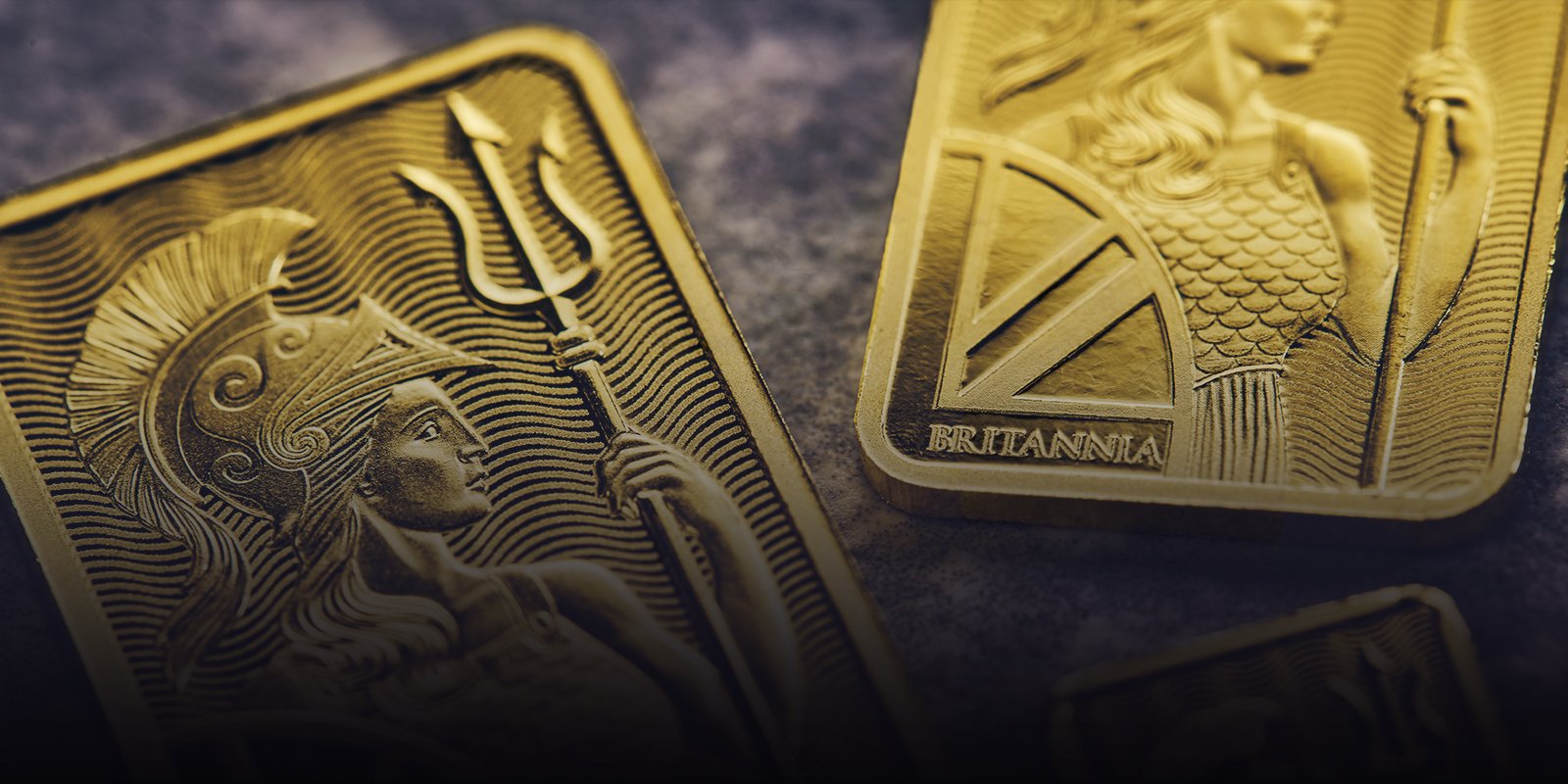The Desire of Gold
Throughout history, gold has always been recognised as a valuable asset. Some of the earliest records describe gold as being desired, both as an art form but also as a form of currency. Since gold coins were first struck in around 550 BC, they formed an important foundation to our monetary system. However, treasures containing gold have been discovered which date back from as early as 4000 BC. This means the relevance of this asset has been linked to power and wealth for a considerable time. Even when countries moved away from gold coins and into the convenience of paper money, the ‘gold standard’ meant that this paper currency still retained an important link to gold.
The very nature of what makes gold precious is the rarity and scarcity of the metal, something which has continued to fascinate people to this day. But just how rare is gold? Consider this, gold is so rare that the world produces more steel in an hour than it has poured gold since the beginning of recorded history!
It also has many uses. Over half of the gold used today is used for jewellery and around 25% is used for coins and bars, but it also plays an important role in industry. Technology is a big driver for gold demand, and alongside other precious metals, it’s used in everything from smartphones to electric cars.
However, in a digital age where there are a multitude of ways to invest your money, why does gold still remain an important foundation in the portfolio of any savvy investor?
Why Invest in Gold?
Although people will have their own reasons to invest in gold, for many, gold investment is about preserving and protecting their wealth.
In terms of wealth preservation, around £200 would have bought you an ounce of gold towards the end of 1990. If you had bought an ounce of gold, and kept £200 as cash, the gold would now be worth around 650% more. However, the cash would not have increased in value and, due to inflation, would actually be worth less.
Similarly, many choose gold to protect the rest of their portfolio from risk and to add diversity to their portfolio. Very few people would choose to invest all their money in gold as it is always advisable to create a balanced portfolio containing different types of investments. Many investors choose gold for that very reason, allowing them to diversify into different areas. This is said to be because the price of gold is usually negatively correlated to the stock markets; gold often risies when other markets fall. This is why, traditionally, gold is seen as a ‘safe-haven’ investment. In times of market volatility, where stocks and shares plummet, part of this decrease is due to investors moving away from ‘riskier’ assets into the safe haven of gold.
Lastly, some investors choose gold because of the possible financial returns, especially over a longer period of time. Put simply, if you buy it and hold it until the price goes up, you can sell it – hopefully for a profit.
How can I Invest in Gold?
There are a multitude of ways to add gold and other precious metals to your portfolio. Whereas traditionally, gold may have only been available in coins, bars or jewellery, the introduction of digital trading platforms has allowed easier access to precious metal markets.
Gold coins are available in a range of sizes and designs. From established precious metal dealers, such as The Royal Mint, individuals are able to purchase coins either in single quantities or even in tubes of multiple coins. As there are multiple sizes available, some of the smaller coins may prove a lower barrier to entry, as they are naturally cheaper to acquire than larger coins. UK denomination gold bullion coins also benefit from CGT (capital gains tax) exemption, which may be of interest to investors with a larger portfolio.
Gold bars are also available for investors. Although large bars popularised through film and media are available, the associated costs tend to be out of reach for many. However, if you are interested in bars over coins, they also come in a range of sizes and designs, with smaller 1g or 5g bars an attractive price-point, even for the introductory investor.
Of course, the downside of physical coins and bars over less tangible investments like stocks and shares are that you have to store them somewhere, as you must ensure they are safe from theft or damage. Some choose to store in a safe at home, whilst others choose to store with a custodian (for example at The Royal Mint’s vault). There is of course, a storage fee to pay if you choose to store with someone else. However, this may be less than purchasing your own safe and insurance at home, and ultimately depends on your own circumstances and preferences.
Digital Gold
If you are interested in investing in gold, but are not interested in physical ownership, some choose to invest in DigiGold. Apart from not being able to physically touch or take delivery of the gold, the main difference between DigiGold and coins or bars is the costs to start investing are much lower. With coins or bars, the initial purchase price is based on the cost of the smallest coin or bar currently available. However, with DigiGold, you can invest from as little as £25, and sell it back whenever you’re ready.
How Gold is Priced?
All forms of gold investment are priced in a similar way, as the price you are charged is based on the ‘premium’ of the product. This is the percentage which is charged for the product over the gold price of the metal which it contains. Due to economies of scale, smaller products tend to cost slightly more to manufacture, package and distribute than larger ones. This means that the premium on smaller products tends to be more. So, even though a 1g gold bar would be cheaper than a 100g gold bar (because it contains vastly different amounts of gold) the actual percentage charged on the smaller bar, over the price of the gold it contains, is slightly higher. Put simply, it would be cheaper to buy a single 100g gold bar than it would be to buy 100 x 1g gold bars. Even though you would get the same amount of gold, as it costs more to manufacture 100 smaller bars, the company charges a higher premium for them at the time of sale.
Similarly, as the costs to the retailer are less, digital products, such as DigiGold from The Royal Mint, carry a lower premium as the costs for the retailer to store the product and distribute it digitally are less than those associated with physical coins and bars.
Selling Gold
Of course, with both coins and bars, at some point you may wish to sell them in order to ‘liquidate’ your investment. One of the other benefits of gold is that it doesn’t matter where you are in the world, or what gold product you own; there will be a market for it. Gold is one of the few commodities which is truly universally recognised and prized, and as such, you can sell it anywhere. Selling your product usually involves the dealer weighing and authenticating the item and offering you a price which is a percentage of the gold price within. Depending on the individual dealer, this percentage will differ (sometimes greatly), so it is important you request a price at multiple locations to ensure you are getting the best possible price.
Whilst The Royal Mint is able to buy back gold through our ‘Sell Gold’ service, if you store your gold at The Vault ®, you can sell it back at any time from within your account. The choice is yours.





